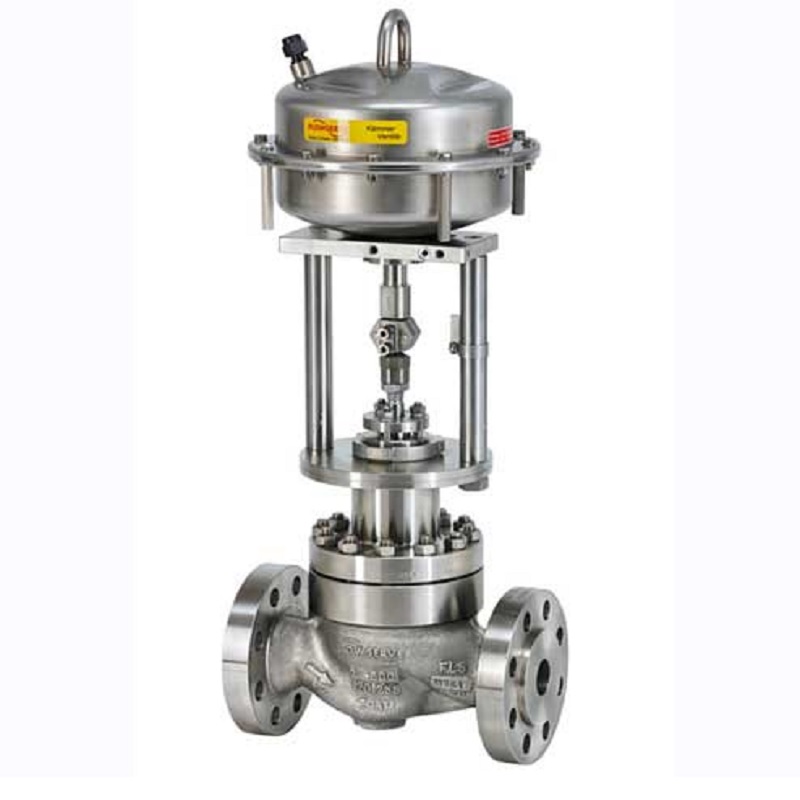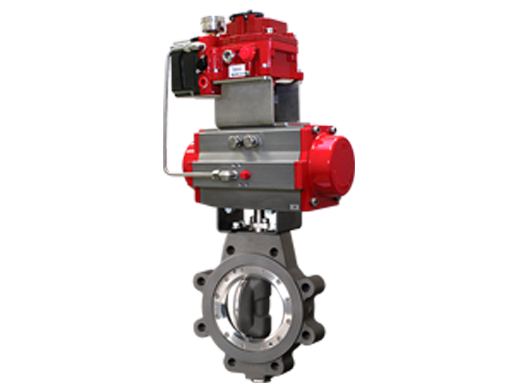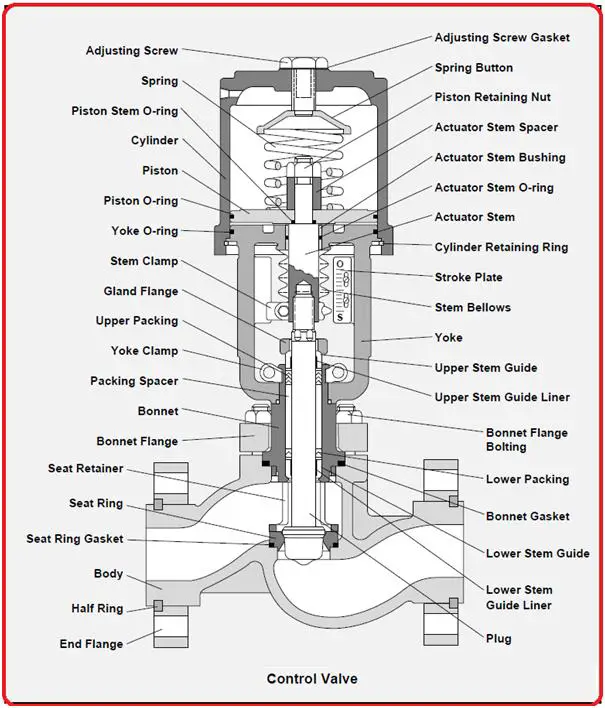Selecting the Right Control Valves: An Overview to Optimal System Performance
Selecting the Right Control Valves: An Overview to Optimal System Performance
Blog Article
Achieve Seamless Combination and Control With Top Quality Structure Automation Controls
In the realm of modern structure management, the relevance of high quality building automation controls can not be overemphasized. Welcoming top quality structure automation controls is not just an issue of ease yet a critical vital for organizations aiming to enhance their facilities' performance and sustainability.

Development of Structure Automation Controls
Throughout the previous couple of years, the advancement of building automation controls has actually significantly transformed the way buildings are handled and operated. At first, developing automation systems mostly concentrated on standard functions such as regulating heating, air, and ventilation conditioning (HVAC) systems. As technology advanced, these controls have come to be a lot more innovative, enabling for a wider variety of structure systems to be integrated and managed centrally.
The development of developing automation controls has seen a change in the direction of more intelligent systems that can adapt to transforming conditions in real-time. This flexibility is crucial for maximizing power effectiveness and ensuring resident convenience. Additionally, contemporary building automation controls now supply features such as predictive upkeep, remote tracking, and information analytics, making it possible for center managers to make data-driven decisions to enhance building efficiency.

Benefits of High Quality Integration
The innovation in structure automation manages in the direction of even more smart systems has actually emphasized the significant advantages of top quality integration in optimizing structure operations and boosting total performance. Quality assimilation of building automation controls provides a number of essential benefits. To start with, it leads to boosted power efficiency by allowing various systems to function with each other perfectly, ensuring optimum performance and decreasing energy wastage. Secondly, quality assimilation improves occupant convenience and performance by allowing customized control over environmental setups like temperature level, lights, and air top quality. This customization can cause a more comfortable and helpful working or living environment. Furthermore, high quality integration simplifies maintenance and troubleshooting procedures, as all systems are interconnected and can be kept an eye on and controlled from a centralized user interface. This central control also provides far better exposure and understandings right into building performance, making it possible for proactive upkeep and optimization approaches. On the whole, the advantages of top quality assimilation in structure automation controls are obvious, supplying enhanced effectiveness, comfort, and operational effectiveness.
Enhanced Customer Experience and Access
Enhancing individual interaction with building automation regulates through intuitive layout and enhanced ease of access boosts the total experience for passengers and center managers alike. By concentrating on individual experience, constructing automation systems can come to be more user-friendly and efficient. Intuitive user interfaces, clear navigating, and personalized settings equip customers to interact with the controls conveniently and successfully.
Ease of access functions play a critical function in making certain that all individuals, including those with disabilities, can use the structure automation manages easily. Including features such as voice commands, tactile switches, and color-contrasted displays can enhance availability and make you can check here the controls a lot more inclusive.
Furthermore, enhanced individual experience results in higher individual contentment, raised performance, and better decision-making. Residents can change ecological setups according to their choices, while center supervisors can successfully keep an eye on and take care of structure systems - control valves. On the whole, prioritizing customer experience and accessibility in structure automation regulates adds to a more seamless and productive structure setting for all stakeholders involved
Lasting Practices Through Automation

Furthermore, automation can promote the integration of eco-friendly energy sources such as solar panels or wind generators right into structure operations. With automation, structures can align with modern-day sustainability goals and contribute to a greener future.
Future Trends in Building Control Systems
One prominent fad shaping the future click here for more info of structure control systems is the increased assimilation of Artificial Intelligence (AI) and equipment discovering. In addition, the Internet of Things (IoT) is revolutionizing structure control systems by attaching tools and sensors to simplify procedures and boost efficiency.
Another crucial pattern is the focus on cybersecurity steps to this link secure versus prospective hazards to constructing automation systems. As buildings end up being much more interconnected, making certain robust cybersecurity protocols will be necessary to guard delicate information and avoid unauthorized gain access to.
In addition, the shift towards cloud-based systems is obtaining energy, enabling streamlined control and remote access to building systems. This assists in easier monitoring, upkeep, and updates, boosting the overall performance and adaptability of structure control systems. As innovation remains to breakthrough, these fads are anticipated to form the future landscape of structure automation controls, driving technology and sustainability in the developed atmosphere.
Conclusion
In final thought, building automation controls have actually progressed significantly, offering various benefits such as enhanced customer experience, access, and lasting practices. Quality assimilation plays a key duty in accomplishing seamless control and effective operation of structure systems. Future patterns in building control systems are likely to focus on further improving automation capabilities for enhanced energy efficiency and total performance. It is important for building proprietors and drivers to prioritize the adoption of high quality structure automation regulates to optimize structure operations and attain long-term sustainability objectives.
In the realm of modern structure administration, the relevance of top quality structure automation controls can not be overstated. Generally, the advancement of building automation regulates continues to drive technology in the building administration sector, providing brand-new opportunities for developing smarter and much more lasting structures.
The advancement in building automation manages in the direction of even more smart systems has actually highlighted the substantial advantages of top quality combination in optimizing building operations and improving general effectiveness. On the whole, focusing on customer experience and access in structure automation regulates adds to a more effective and seamless structure atmosphere for all stakeholders involved.
It is necessary for structure proprietors and drivers to focus on the fostering of top quality building automation regulates to enhance building operations and accomplish long-term sustainability objectives. - control valves
Report this page